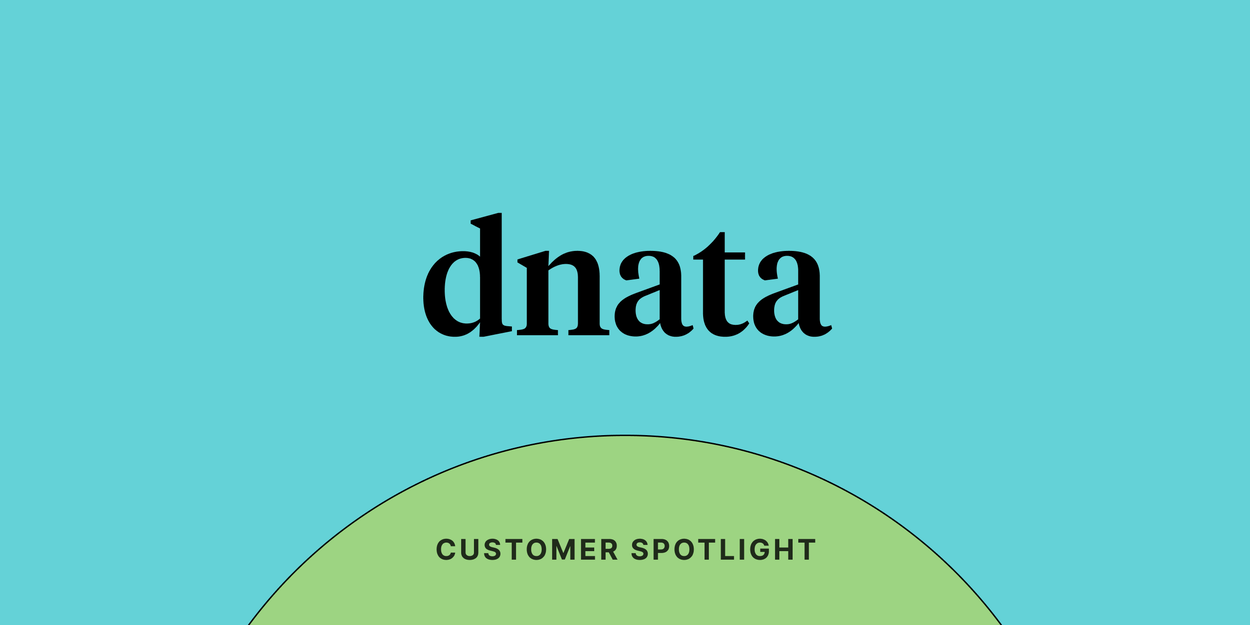
How dnata took action to increase and support female leadership

Equitable representation and female leadership in the workplace have been topics of conversation for years and, while there’s been some progress, there’s still a long way to go – particularly in professions that are male-dominated.
As one of the world’s largest air service providers (an industry that typically lacks gender diversity), dnata recognized its responsibility to set an example of a culture that supports women. So, the company committed to the International Air Transport Association (IATA) 25by2025 pledge to improve women’s representation in leadership roles.
This type of promise typically inspires companies to revisit their recruitment pipeline and roll out more equitable hiring practices to get more women through the door and up the ladder. But dnata took a different approach.
“It was very, very important to us that in order to meet this quota we didn’t just put women in leadership roles,” explains Nicole Stewart, Organizational Behavior Manager at dnata, during her keynote at Culture First EMEA. “We needed to make sure that when women came through the door at dnata that they didn’t revolve straight back out.”
How’d dnata make it happen? Here’s an inside look at the strategy the company used to increase and support female representation across the entire organization.
Five ways to prioritize and support female leadership in the workplace
1. Start at the bottom
With a goal of increasing representation of female leadership in the workplace, it’s tempting to channel all of the attention on the top of the org chart. But dnata didn’t. Instead, the company focused most on the operational areas of the company.
“We understood that if our women in operational roles were set up to succeed, then we would find that we had future leaders,” Nicole explains.
The company worked to improve working conditions, facilities, and the entire experience for female employees, starting with conducting focus groups to learn about the experiences of women within dnata. Several meaningful changes were born out of those efforts, including developing pods where mothers can comfortably nurse during their shifts.
2. Create a dashboard
With ambitious targets ahead, dnata needed a way to understand its baseline and monitor progress. The company pulled all of its data into a dashboard, which details statistics about gender diversity across different departments, the recruitment pipeline, and more.
This gave the company a starting point for conversations with employees and leaders, as well as a valuable resource to track progress as new programs and initiatives were rolled out.
3. Involve and educate leaders
Nicole says that, without a doubt, the single most important piece of the strategy has been involving dnata’s leadership in the process. “It’s about bringing awareness of the experiences of women in dnata and making sure that we have advocates in our business,” she says.
At dnata, that started by having leaders audit their own areas of the business. The company asked leaders “to tell us how many women that they currently had so they took on that accountability and ownership of recognizing that and also to identify if their facilities were appropriate for women,” says Nicole.
This helped identify targeted changes while simultaneously getting buy-in and commitment from leaders across the company. “Off the back of that we found a lot of our leaders were saying things like, ‘Yeah, we need to make a difference here. We need to do something different.’”
The company also conducted unconscious bias training for managers. “It’s this demographic that is involved in the recruitment process as well, so we really needed to make sure that we were talking about our biases and challenging each other’s biases,” Nicole explains.
Moving forward, dnata plans to roll out even more management training, including one focused on empowering supervisors to get “comfortable with being uncomfortable” when having difficult conversations with employees.
4. Change what you can
As dnata took a hard look at existing policies and operations, plenty of necessary changes bubbled to the surface – but Nicole explains that making those changes can be complex since dnata is a large global organization and part of The Emirates Group.
“When you change a policy in dnata you’re changing a policy in The Emirates Group,” she adds. Fortunately, The Emirates Group is equally committed to improving female representation, with the organization signing on for a separate 30by30 pledge.
In an organization with over 70,000 employees, there will always be challenges altering policy – so the company got creative. “Where we do have certain boundaries around our policies that are out of our control we just try to look at what we can do to enhance those policies,” Nicole says. “If we can’t influence that, is there something else we can influence?”
“For example, when a mother returned from maternity leave they could be put onto the night shift straight away,” she adds. However, dnata revised that policy so that employees returning from maternity leave could refuse night shift up until six months postpartum.
5. Ensure sustainable changes
The company has already seen major improvements in female representation in its leadership, but that doesn’t mean it’s time for dnata to take its foot off the gas. On the contrary, Nicole says the organization continues to take steps to ensure that the strides they’re making are sustainable.
For example, the company’s most recent Annual Leaders Forum featured a prominent Women in Leadership segment that was very successful. Female CEOs from dnata’s businesses spoke about their experiences and brought a general awareness of the power of representation at the top.
The company also has an employee resource group where women at dnata come together to discuss changes, progress, and improvements, and additional leadership training is in the works to keep the momentum going.
Building a sense of support and belonging
If you ask Nicole, dnata’s efforts are working – with many women employees sharing that they feel increasingly valued and supported by the company. “Not only from our statistics are we improving in this area, but from what we’re hearing from our employees as well which is really, really motivating,” she says.
She concluded with some simple advice for other companies looking to improve diversity, equity, and inclusion and create better female representation and support: “Speak to your employees,” she says. “Ask them about their experiences. Having those conversations will open up a whole new world of information you can act upon. And if you act upon that information you will develop a greater sense of trust in your organization.”





